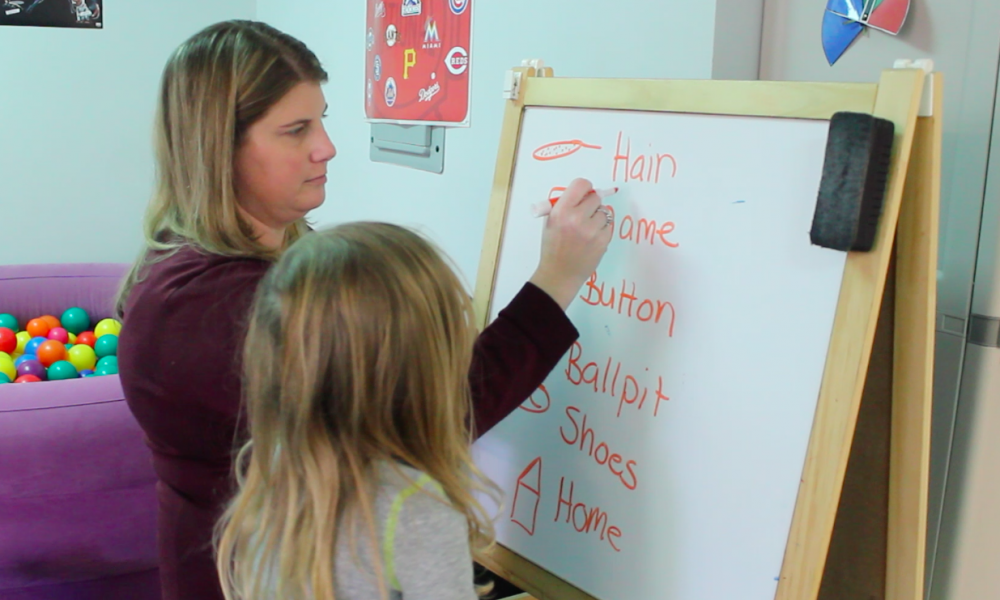Why Visual Checklists & Schedules Are Important For Your Child
A visual schedule tells your child what is going to happen, and when it’s going to happen. Visual schedule can help children develop a positive routine of looking for information, increasing flexibility, and learning the ability to deal with life’s ups and downs.
In addition to this, visual schedules can increase your child’s independence. Schedules teach them how to move from one activity to the next without having to rely on someone else.
6 tips for setting up the perfect visual schedule
1.Decide on the format of the schedule
There are essentially 3 different schedule formats you can use: Object schedules, picture schedules, and written schedules.
Object Schedules
These are appropriate for individuals who have few language skills and are non-verbal. The easiest way to do this is for the parent to hand an object to their son or daughter just before the next activity.
Picture Schedules
Your child pulls the pictures off of the schedule before that activity begins.
Written Schedules
This can have some pictures to help your new reader, or you can do a basic written list and have your child cross off each thing as they complete them.
2. Decide on the length of the schedule
This is based on your child’s needs and abilities. Some may be able to handle a whole day’s schedule, but some may be overwhelmed by the amount of information. Try doing one or two items at a time if that is the case.
3. Decide on the cue you are going to use to get your child to their schedule
Verbal cues can be tough for some children, so try using a visual method of telling your child that it is time to check the schedule.
4. Teach schedule use
Because this is new, it is something that would need to be taught. This can be taught by placing the schedule in their hand and briefly explaining the concept of schedules to them.
5. Monitor how your child is doing
Once they are using the schedule, notice how independent they are with it.
6. Make changes to the schedule format if needed
If you have been teaching the schedule for a couple of weeks and there is no progress with the independence, this may be a sign you should modify the schedule. As your child grows and develops new skills, you may decide to change the schedule format. Avoid eliminating the schedule. Instead, make edits to the format to allow change and new skills to emerge.



